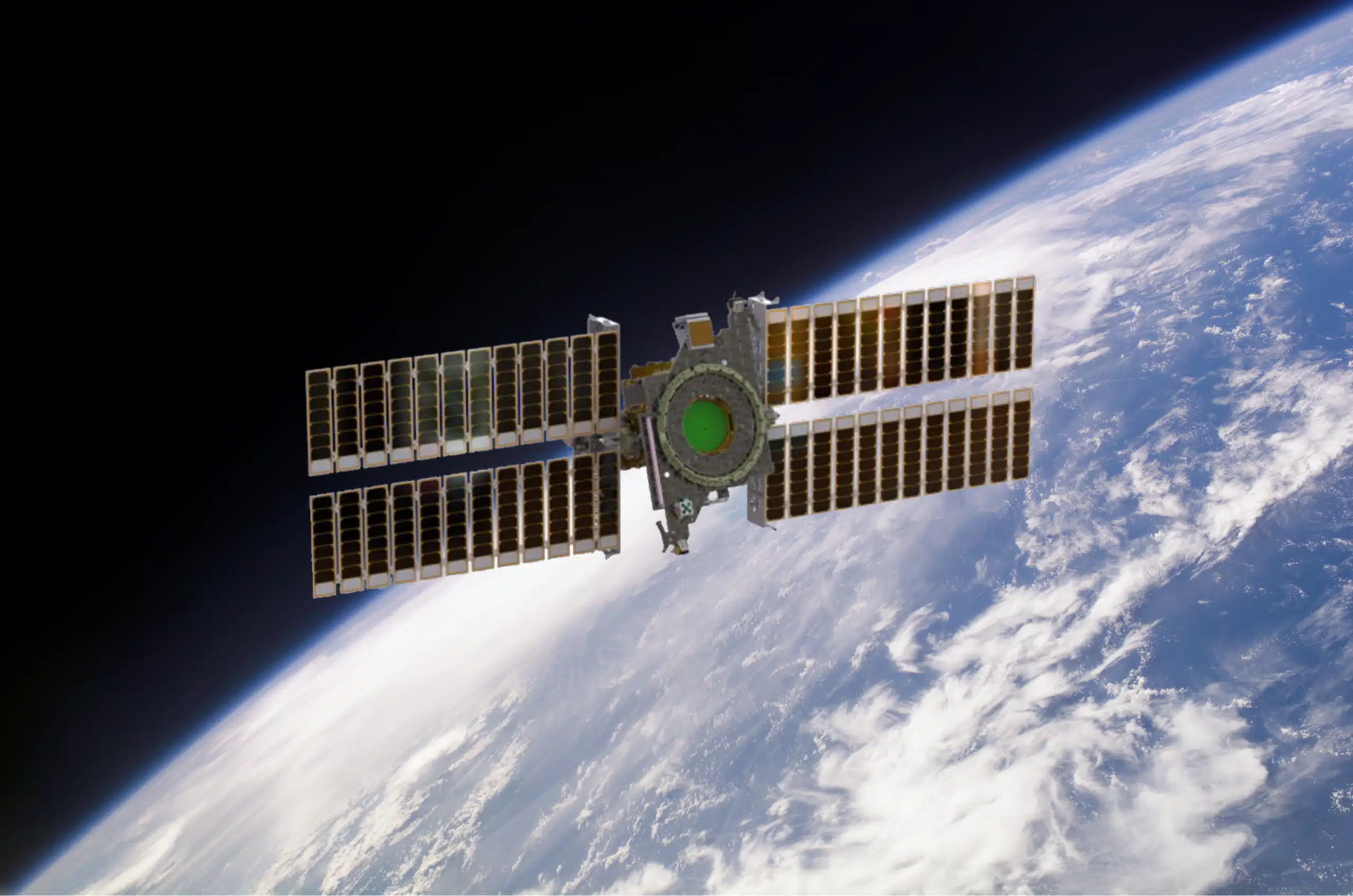NASA Trials Modular Satellite Technology to Reduce Launch Expenses

NASA is embarking on an innovative mission to revolutionize satellite technology with its Athena EPIC (Economical Payload Integration Cost) project. This initiative aims to streamline the integration and launch of scientific sensors, making the process faster and more cost-effective. By utilizing a compact, modular spacecraft platform that shares resources among onboard payloads, NASA anticipates significant savings for taxpayers and a quicker path to launch. The project, led by Langley Research Center, is set to take flight as a SpaceX rideshare mission in mid-2025, potentially accelerating the deployment of crucial climate and weather sensors.
Scalable Satellite Platforms and Demonstration Missions
NASA, in collaboration with industry partners, is advancing the development of modular small satellite platforms. The Athena EPIC spacecraft is constructed from eight interlocking Hyper-Integrated Satlet (HISat) modules, creating a “SensorCraft” bus that simplifies the integration of multiple instruments. This innovative design allows for a more efficient use of resources, as each instrument does not require its own control system. In addition to Athena, NASA’s Pathfinder Technology Demonstrator (PTD) series is utilizing a standard six-unit (6U) CubeSat bus developed by Terran Orbital, which can be quickly reconfigured for various missions. The PTD-3 mission, launched in 2022, successfully demonstrated this capability by carrying the TBIRD optical-communications payload from MIT Lincoln Laboratory, achieving a remarkable 200 gigabits-per-second laser downlink from orbit. These advancements highlight the agency’s commitment to enhancing satellite technology through collaboration and innovation.
Faster Deployments, Lower Costs, and Scientific Gains
The introduction of scalable satellite buses is set to significantly reduce mission costs and deployment timelines. Unlike traditional billion-dollar satellite platforms, the new “SensorCraft” design aims to bring mission expenses down to the single-digit millions. Smaller satellites not only cost less to manufacture but are also easier to replace in the event of failures. By reusing existing components, such as Athena’s optical sensor, which was assembled from spare parts of NASA’s CERES climate-observation satellites, teams can expedite development processes. NASA officials emphasize that as satellites become smaller, a more efficient and less conventional approach to launching them is essential to maximize scientific returns. This shift in strategy could lead to a new era of satellite missions that are both economically viable and scientifically impactful.
Collaborative Efforts and Future Prospects
Collaboration with commercial partners is a key aspect of NASA’s strategy to enhance satellite technology. Companies like Blue Canyon Technologies are actively involved in building CubeSats for various missions, including the CubeSat Laser Infrared Crosslink (CLICK) mission and the upcoming Starling formation-flying demonstration. These partnerships facilitate faster integration and testing of new satellite systems, ensuring that NASA remains at the forefront of space technology. As the Athena EPIC mission approaches its launch date, the potential for rapid advancements in climate and weather monitoring becomes increasingly tangible. The success of this initiative could pave the way for future missions that leverage similar technologies, ultimately benefiting scientific research and environmental monitoring on a global scale.
Observer Voice is the one stop site for National, International news, Sports, Editor’s Choice, Art/culture contents, Quotes and much more. We also cover historical contents. Historical contents includes World History, Indian History, and what happened today. The website also covers Entertainment across the India and World.

